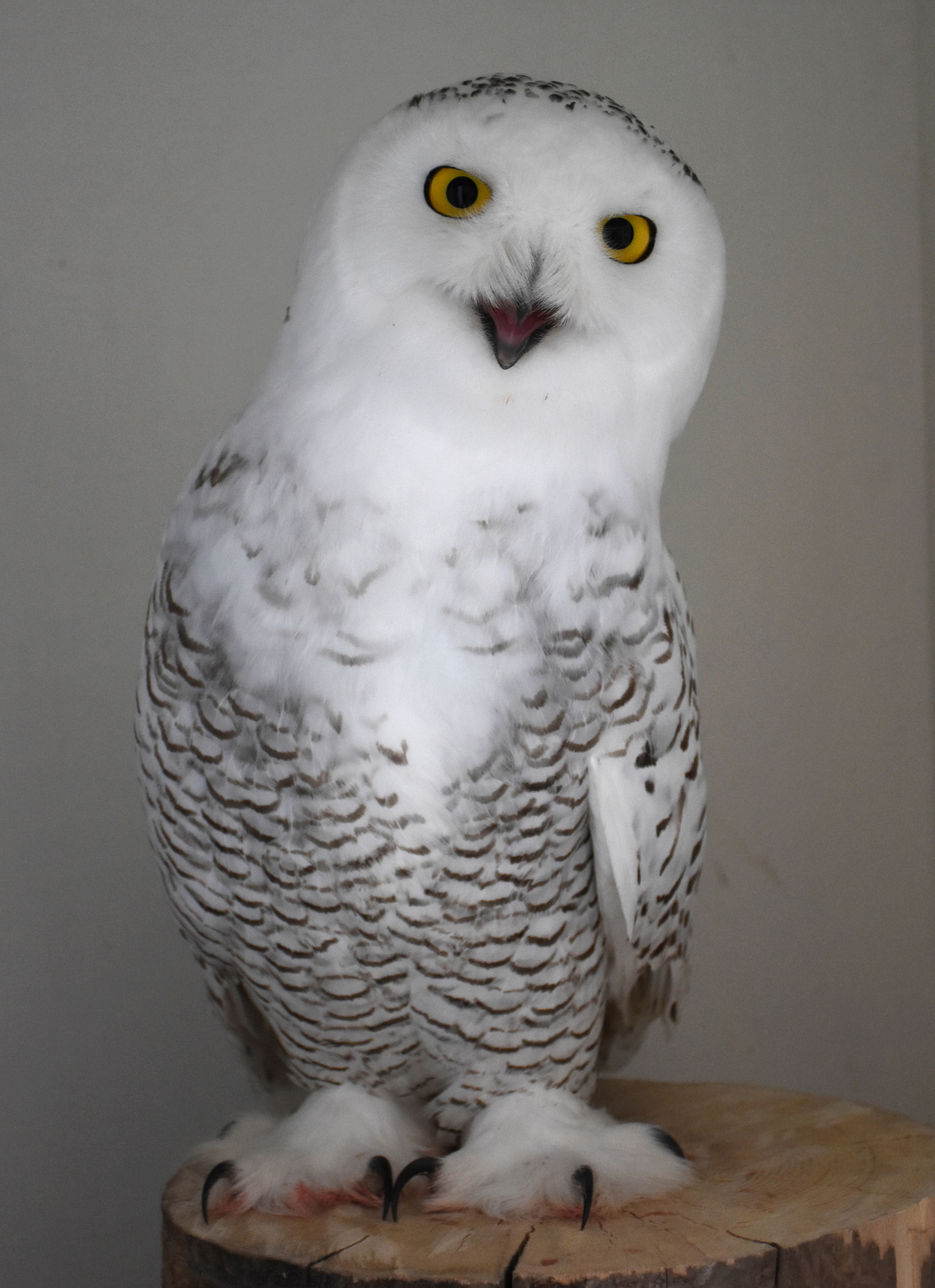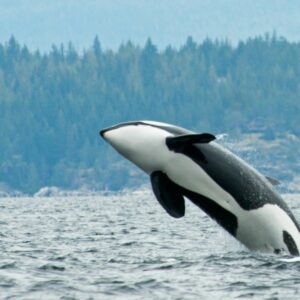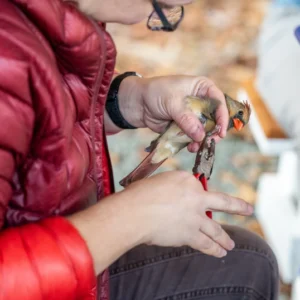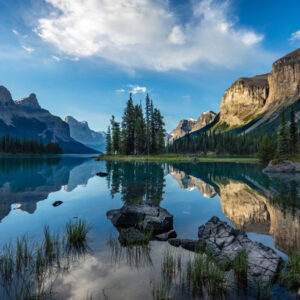Giving Snowy Owls a Second Chance
Thank you to our Nature Network partner, Bluewater Centre for Raptor Rehabilitation, for sharing this month’s blog. Written by Lynn Eves, Authorized Wildlife Custodian for the Ontario Ministry of Natural Resources and Forestry.
Snowy Owls (Bubo scandiacus) are among the most beautiful and charismatic of raptors — which is undoubtedly why one was chosen to play Harry Potter’s pet owl Hedwig in the famous film series. The heaviest of the North American owls, the Snowy Owl is easily recognizable with its rounded head and piercing yellow eyes. Adult males tend to be white, sometimes with darker flecks; females and immature males sport darker colouring amidst the white.
The collective noun for Snowy Owls is, appropriately, “blizzard” or “drift.” Snowy Owls tend to be solitary, however, so you’re unlikely to see large blizzards or drifts of them. The sight would probably stay with you for the rest of your life.
Status and Distribution
These owls spend summers in the far north of North America and Eurasia. Some will stay north for the winter, while others migrate to southern Canada and the northern half of the United States. In large parts of North America, Snowy Owls are “irruptive” — they will appear in significant numbers in some winters but not others.
The Snowy Owl was classified as “not at risk” in 1995 by the Committee on the Status of Endangered Wildlife in Canada (COSEWIC). However, the species was recently listed as “Globally Vulnerable” by the International Union for Conservation of Nature, based on such threats as changes in food availability due to climate change.
This beautiful bird also faces threats from collisions with vehicles, airplanes, communication towers and wind turbines. An injured or weakened Snowy Owl will rarely last long in the wild. That’s where the Bluewater Centre for Raptor Rehabilitation (BCRR) comes in…
Hazards of the Snowy Life
BCRR was established in 1991 to meet the needs of injured and displaced birds of prey in the local and surrounding areas of Lambton County, Ontario. As far as Snowies go, we’re particularly busy in those years that see great irruptions of the owls moving in a nomadic fashion from north to south.
These irruptions seem to happen about every seven years. The most recent one in our region was in 2020, when hundreds of these birds showed up looking for tundra-like landscapes (and associated prey). This irruption was one of the largest BCRR can recall in its 32 years, and that winter we had to treat more injured and starving Snowy Owls than ever before.
Unlike many other owls, this beautiful hunter is active during the day, especially at dawn and dusk. It often sits on vast cornfields of stubble or winter wheat for hours, watching and waiting for prey. This makes it difficult to decipher if we have natural Snowy Owl behaviour or an owl that needs to be rescued. Many calls could come in about the same owl on the same day—and yet later, observers are startled to see it fly swiftly to another point in the field. The same scenario could reveal a starving or injured owl needing our assistance.
Their encounters with cars, hydro wires, industry, domestic pets, farm animals, airports— not to mention harassment by people — illustrate the range of human-related obstacles and injuries. Vehicle strikes are top on the list, causing serious injuries or death. Often Snowies will land on tall flat objects, mistaking them for natural platforms, when actually they may contain deadly large fans or flare stacks that singe the birds’ feathers. One Snowy flew into a cattle barn causing a ruckus and was subsequently kicked and rolled in manure by the cows!
Other causes for intakes to our centre are the numerous inexperienced hatch-year birds with limited hunting skills. They arrive in a weakened and starving state after their long nomadic flight. These patients require a quick rescue and a long slow process of rehabilitation if they are to return to the wild again. This is true generally of injured first-year birds of many species: without help, most do not make it to their second year.

Citizens as First Responders
Did you know that the public plays a vital role in locating, capturing and transporting injured wildlife to specially trained ( volunteer) wildlife rehabilitators across Ontario? Rehabilitation centres treat and care for the patients brought to them, but it is the first responders, the public, who are key actors in the process through their quick action to contain the animal and telephone for help. This is the crucial time for rescue; generally you have little chance of finding an injured animal again if you abandon it. Please stay with the injured patient if possible, or collect the animal and take it to a safe, warm location and find help.
Here are some suggestions for finding a wildlife rehabilitator in your area.
- Ontario Wildlife Rescue
- Local humane societies, veterinarians and police stations
- Your personal Facebook page, to help your network to find appropriate care
Snowy Owls continue to be a favourite for birders and photographers alike. Please keep in mind that these birds need to conserve energy, and while you may want to see them fly or get a closer shot, you are putting them in great jeopardy of losing their next meal and expending much-needed energy. Be respectful, keep your distance and make a call if you feel that the animal could be injured or weak.
Stay up to date with the latest in Canadian nature by subscribing to our emails. You’ll receive regular updates about what we’re doing to protect species like Snowy Owls, and how you can help.



